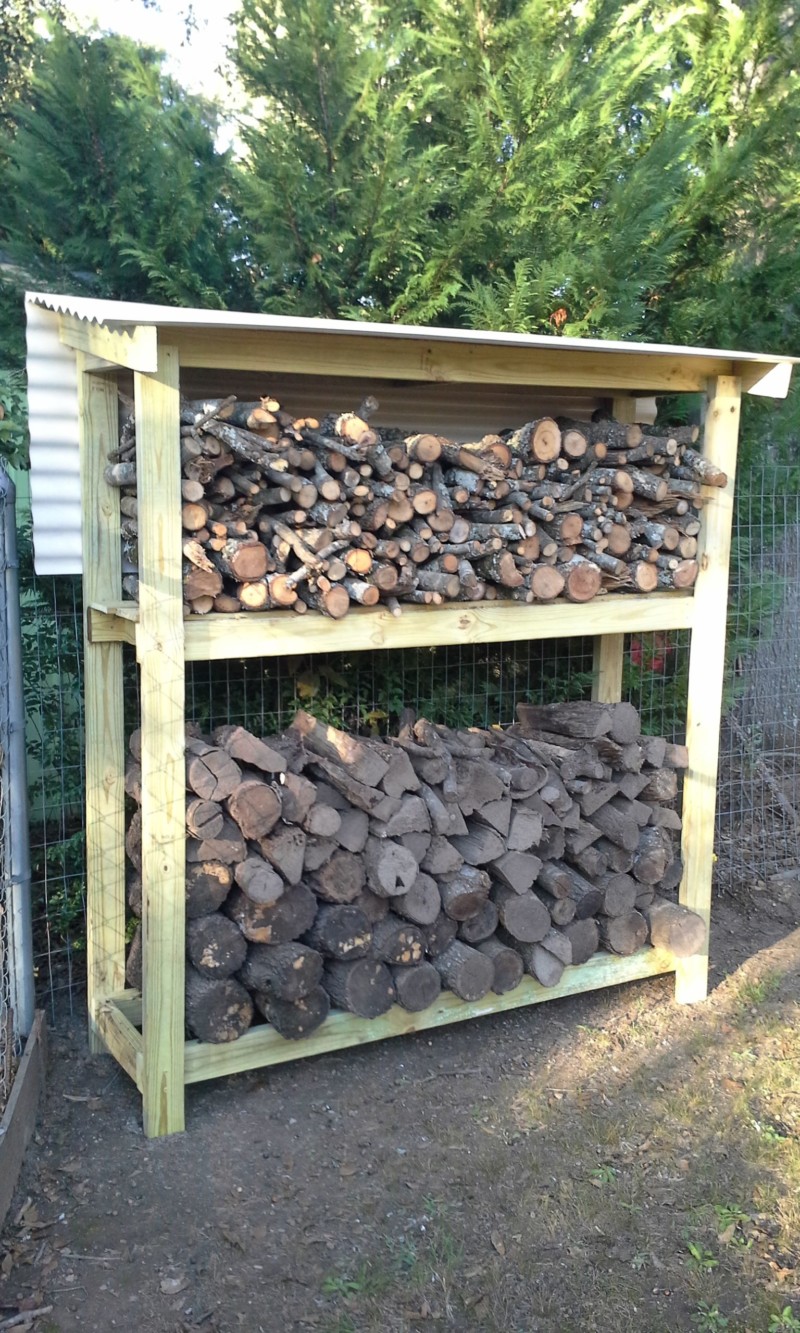
Building Your Dream 8x6 Wood Shed: A DIY Guide
So, you've decided to tackle the rewarding project of building your own shed? Fantastic! An 8x6 shed is a great size for storing garden tools, bikes, or even just extra clutter â€" and building it yourself is incredibly satisfying. This guide will walk you through the process, offering advice and tips to ensure your shed is sturdy and stands the test of time. Let's get started!
Phase 1: Planning & Preparation â€" Laying the Foundation for Success
Before you even think about picking up a hammer, planning is key. A little bit of upfront work will save you headaches (and maybe even some money) down the line.
Choosing Your Location
Where will your shed live? Consider these factors:
- Accessibility: Will you need easy access for vehicles?
- Sunlight: Do you want a sunny or shady spot?
- Level Ground: This is crucial for a stable shed. Uneven ground needs leveling before you begin.
- Local Regulations: Check your local building codes and regulations regarding shed size and placement.
Gathering Your Materials
This is where a detailed materials list comes in handy. You’ll need pressure-treated lumber for the base (to withstand ground contact), and regular lumber for the framing and cladding. Consider these essentials:
- Pressure-treated 4x4 posts for the base.
- Pressure-treated 2x4s or 2x6s for the floor joists and bearers.
- Regular 2x4s for the wall framing.
- Plywood or OSB for the floor and roof sheathing.
- Roofing felt and shingles or metal roofing.
- Exterior cladding (e.g., shiplap, siding).
- Door and window frames.
- Fasteners: Nails, screws, and possibly bolts.
- Concrete (if using a concrete base).
Remember to buy extra materials â€" it’s always better to have a bit left over than to run short mid-project! A good lumber yard can help you calculate quantities based on your plan.
Choosing Your Tools
You'll need a collection of tools to build your shed. Don't worry if you don't have everything â€" many tools can be rented. Here are some essentials:
- Measuring tape and level
- Shovel and post-hole digger (if using posts)
- Circular saw and hand saw
- Drill and screwdriver bits
- Hammer
- Safety glasses and work gloves
Phase 2: Construction â€" Bringing Your Shed to Life
Building the Base
This is the foundation of your shed, so get it right! You have a few options:
- Concrete slab: The most durable option, but requires more work.
- Gravel base: A simpler and cheaper alternative, but less durable.
- Pressure-treated timber base: A good compromise between cost and durability. This usually involves creating a frame using 4x4s and filling the area with gravel or concrete.
Regardless of your choice, ensure your base is perfectly level before you proceed.
Framing the Walls and Floor
This is where your 2x4s come into play. You'll create a frame for each wall, using the correct measurements for your 8x6 shed. Make sure your corners are square and your walls are plumb (perfectly vertical). The floor frame will be built similarly, using joists supported by bearers sitting on top of your base. Remember to use appropriate bracing to keep everything square and strong.
Raising the Walls
Carefully lift the wall frames into place and secure them to the floor frame. This is where having a helper or two is extremely beneficial!
Roof Construction
The roof design is up to you â€" a simple gable roof is a common and relatively easy choice. Build the roof trusses (or rafters) and attach them to the top plates of the walls. Then, add the plywood or OSB sheathing.
Sheathing and Cladding
Once the walls and roof are framed, you can add the sheathing (plywood or OSB) to provide a solid surface for your cladding. Then, apply your chosen exterior cladding â€" shiplap, siding, or even corrugated metal.
Adding Doors and Windows
Install your pre-hung door and any windows you've chosen. Ensure they are properly sealed to prevent drafts.
Roofing
Apply roofing felt to the roof sheathing to protect it from moisture. Then, install your chosen roofing material â€" asphalt shingles, metal roofing, etc.
Phase 3: Finishing Touches â€" Making it Shine
After the main construction is complete, add the finishing touches to make your shed look great and last longer.
Painting or Staining
Protect your shed from the elements by painting or staining the exterior cladding. Choose a weather-resistant paint or stain.
Adding a Floor
If you haven’t already, install your floor covering (plywood or OSB). You can add additional flooring on top for aesthetics and better protection.
Interior Finishing
Consider adding shelving, hooks, or other interior features to maximize your shed’s storage capabilities.
Commonly Asked Questions
Q: How long does it take to build an 8x6 shed?
A: The timeframe varies depending on your experience and the complexity of your design. Expect to spend several weekends, perhaps 2-4 weeks, for a DIY build.
Q: How much does it cost to build an 8x6 shed?
A: Costs vary depending on materials and finishes. Budget around $500-$1500 for materials, excluding labor (since you're doing it yourself!).
Q: Do I need planning permission?
A: Check your local council's regulations. Most 8x6 sheds won't require planning permission, but it's crucial to verify.
Q: What type of wood is best?
A: Pressure-treated lumber for the base and ground-contact areas is essential. For the rest of the shed, regular construction-grade lumber works well.
Q: Can I build a shed by myself?
A: While possible, it's significantly easier with a helper, especially when raising the walls. Consider asking a friend or family member for assistance.
Building your own shed is a rewarding experience. With careful planning and attention to detail, you can create a durable and functional storage solution that you'll be proud of for years to come. Good luck!
0 comments:
Post a Comment